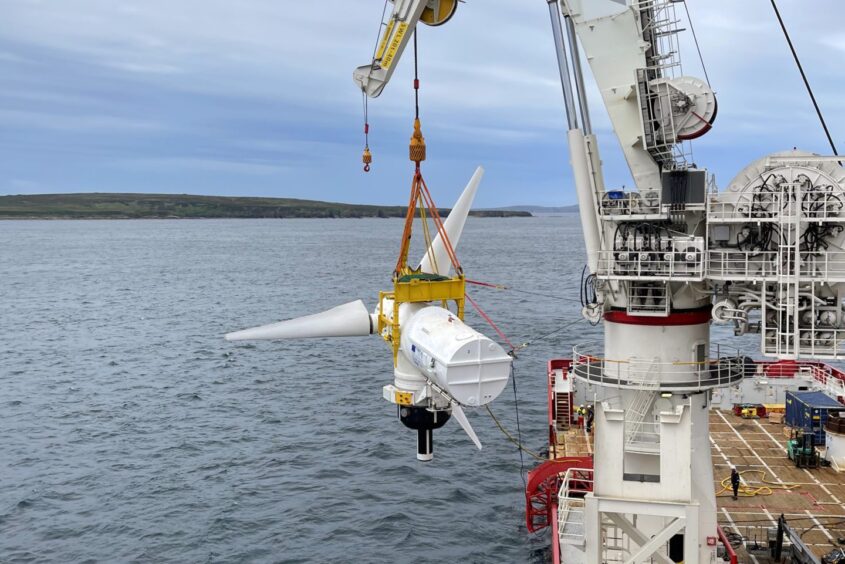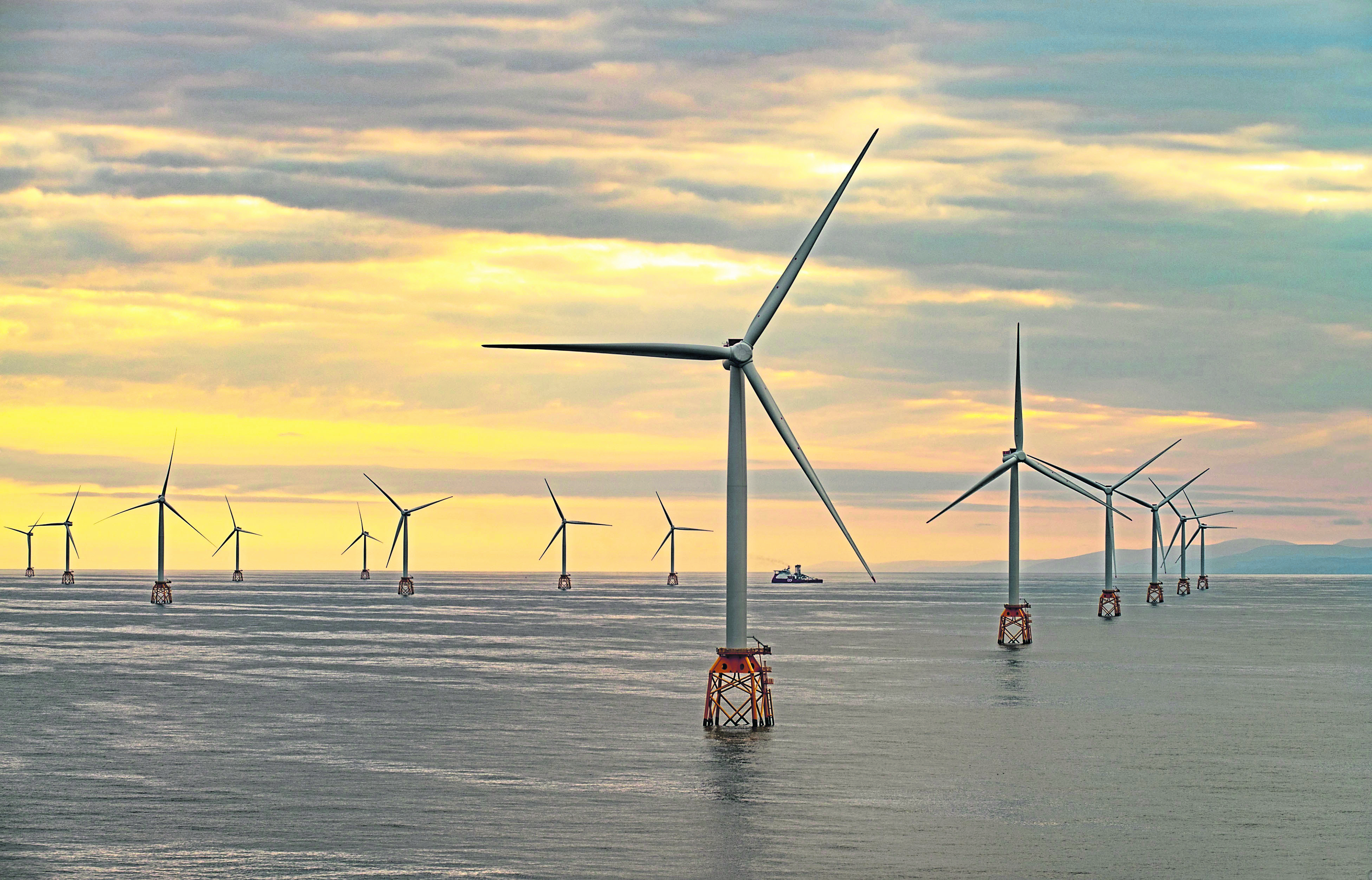
The wave and tidal sectors represent a significant opportunity for Scotland, but will need investment and support to realise it, new research has warned.
The report, from the University of Edinburgh’s Policy & Innovation Group and commissioned by Scottish Enterprise and Wave Energy Scotland, said that marine energy could create around 62,000 jobs and represent £8.7 billion of gross value added (GVA) for Scotland by 2050.
The global export market for marine energy over the same timeframe could be worth as much as £28bn to Scotland’s economy.
Scotland secured an early lead in the global marine energy industry. It currently hosts three of the world’s largest operating tidal stream arrays, Nova Innovation’s Shetland Tidal Array and SAE’s MeyGen.
And for wave, Scottish companies AWS Ocean Energy and Mocean Energy have devices deployed in the country’s waters.
In addition, Scottish tidal stream projects have won contracts for difference (CfDs) in the last three auctions. The first of these are scheduled for commissioning in 2026/27.
But retaining and building on this lead will require multiple policies to support both the wave and tidal sectors.
According to the report, if Scotland takes the role of global leader, wave and tidal could support 15,600 workers for domestic projects and 46,000 jobs from export markets.
However, if Scotland fails to maintain its lead, the report’s moderate scenario would see it create only 12,400 jobs; over 7,000 from Scottish projects, 1,500 from the rest of the UK, and nearly 4,000 from export markets.
In addition, the report envisions Scotland deploying 8.8GW of marine energy by 2050, with potential deployments of up to 12.6GW throughout the UK and up to 300GW globally that the country’s supply chain and professionals can benefit from.
However, reaching this leadership position, the report said, will require significant investment and other support.
This includes establishing a competitive and modernised domestic supply chain capable of producing devices and key subsystems at volume.
While Scotland is currently supplying a high volume of content for its projects, this is expected to drop once industry starts manufacturing around 10–100 MW of capacity per year, since the supply chain cannot yet support this volume.
The report said that investment in the supply chain, coupled with ongoing market support for the tidal stream and wave energy sectors, is essential to ensure that Scotland capitalises on its position as a pioneer of these technologies.
In addition, the report said that government and industry need to prepare the infrastructure, such as ports, harbours, and national grid capabilities, and a pipeline of workers with relevant skills and training to create and operate upcoming tidal and wave projects.
Writing in reaction to the report Scottish Renewables policy manager for offshore and new technologies Maggie Olson-Jow said:“The energy contained in Scotland’s seas is a vast and relatively untapped resource.
“The University of Edinburgh’s report highlighting the potential economic opportunity of wave and tidal energy should come as a shot in the arm to the marine energy sector and show investors the scale of the prize that is ready to be grasped.
“Scottish Renewables will continue to work with both the Scottish and UK governments to build support and secure funding for these technologies, which deserve to take their place in the UK’s clean energy toolbox.”
And Mocean Energy managing director Cameron McNatt commented: “Scotland is already leading the way in wave and tidal energy. This report, which also showcases Mocean Energy, underpins the work that is ongoing and what should be addressed to maximise the positive impact to the economy, communities and the environment.
“We look forward to continuing playing our part in this transition, working with clients and all stakeholders to delivering cleaner, reliable, continuous power.”
Recommended for you

